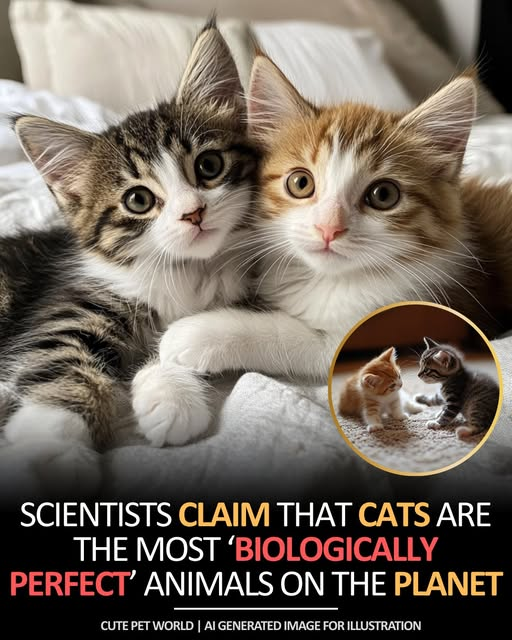TST. They say no one is perfect, but watch a cat move and tell me you don’t feel a little awe.

Quiet paws. A body that seems to pour through space. Eyes that catch the last scraps of light at dusk. It isn’t just charm. Across millions of years, nature has tuned this animal for stealth, balance, and survival.
Scientists point to the “righting reflex” first. A cat can twist in midair and line up four paws for landing. It isn’t magic. It’s physics and anatomy working together – a flexible spine, no functional collarbone, and a bend-and-twist that conserves angular momentum. Even when falls do cause injuries, studies show how this reflex helps them survive what would break most creatures.
Look closer and you’ll see tools hidden in plain sight. The tongue is covered in tiny, hook-shaped structures that act like little scoops, wicking saliva deep into the fur. That keeps coats clean and cool, and it’s so effective engineers study it to design better brushes.
Then there are the whiskers. Far from simple hairs, they’re finely tuned sensors. Whiskers map space, sense air currents, and help a cat move with confidence in tight places. Researchers model their curvature and mechanics because the math behind them makes robots smarter.
And those eyes. A reflective layer behind the retina boosts sensitivity when light is scarce. It’s so good that labs are building cameras inspired by cat eyes to spot camouflaged targets and see clearly in low light. When your cat’s pupils go tall and thin in daylight, and wide like moons at night, that’s precision optics in action.
Put it together and you get an animal that wastes almost nothing. Energy, motion, attention – all focused. Maybe “perfect” is a big word. But when science keeps borrowing from cats to improve our own designs, it’s hard not to feel that word in your chest.
References:
Cats Are Perfect. An Evolutionary Biologist Explains Why – Scientific American.
Why Do Cats Land on Their Feet? Physics Explains – Scientific American.
Scientific American
High-rise syndrome in cats – Journal of the American Veterinary Medical Association.
ats use hollow papillae to wick saliva into fur – Proceedings of the National Academy of Sciences (PNAS).
On the intrinsic curvature of animal whiskers – PLOS ONE.
See The World Through The Eyes Of A Cat – Popular Science.
Feline eye–inspired artificial vision for enhanced camouflage breaking under diverse light conditions – Science Advances.
Disclaimer: Images are generated using AI for illustration purposes only.



